NERC 2025 Ready-to-Race Robotics Challenge
The Autonomous Robot Racing Competition challenges participants to design, build, and program self-driving robots that navigate a track using sensors and logic without human control. It tests skills in embedded systems, robotics, and sensor integration using components like microcontrollers, motors, and line-following sensors.
Description
Introduction TO Autonomous Robot Racing Competition
The NERC 2025 Autonomous Robot Racing Competition is a knockout-style contest where qualified teams compete head-to-head in autonomous robot challenges. Firstly, each match involves two teams racing their robots through an identical arena layout, relying solely on self-controlled, line-following navigation without human intervention during the run. Moreover, the competition tests teams on their robot design, programming skills, and strategy under strict rules ensuring fairness and safety.
Key Features
- Match Setup: Two teams compete in matches lasting up to 3 minutes, with robots navigating a course using line-following sensors only.
- Arena Selection: Before the match, the winner of a pre-match coin toss selects the robot’s arena side, designated as either Red or Blue.
- Autonomy: Robots must operate independently once started without human control or intervention.
- Retries and Stops: Teams can call for unlimited retries or stop the run by signaling with a flag; however, retries reset the score and restart the robot from the beginning.
- Penalty and Disqualification: In addition, strict penalties apply for oversize/overweight robots, arena damage, or using prohibited sensors. Ultimately, disqualification occurs for serious violations, including attempts to damage the field or using pre-set programming kits.
Specifications OF Autonomous Robot Racing Competition
- Robot Dimensions: Robots must fit within a 12×12 inch square; if not, slight oversize up to 14×14 inches incurs penalties; beyond that leads to disqualification.
- Robot Weight: The maximum allowed weight is 12 kg; overweight robots face penalties or disqualification if exceeding 14 kg.
- Sensors Allowed: Teams can use line sensors, ultrasonic or IR sensors for line detection, and either off-the-shelf or custom-built encoders. However, the rules strictly prohibit using tactile sensors to detect walls.Power: Teams must power their robots with batteries and ensure they operate wirelessly. For safety reasons, the organizers ban any dangerous power sources.Point System: Robots earn points by crossing designated checkpoints and successfully entering the parking area. The maximum score a robot can achieve is 100 points.
Significance
This Autonomous Robot Racing Competition fosters innovation and problem-solving in autonomous robotics within a competitive, regulated environment. The strict rules ensure that teams focus on precision design, programming expertise, and ethical competition practices. Furthermore, the event promotes collaboration among students, practical engineering skill development, and fair play in robotics contests.
Conclusion OF Autonomous Robot Racing Competition
In conclusion, the NERC 2025 Autonomous Robot Racing Competition provides a challenging yet fair platform for teams to showcase their autonomous robotic designs. Through clear rules, scoring systems, and penalty guidelines, the contest ensures equal opportunity and safety for all participants. Ultimately, success depends on combining technical knowledge, strategic planning, and real-time problem-solving in this dynamic autonomous robot race.
Visit our website Ampflick for more products.
You can also visit our Instagram and Facebook for latest update
Only logged in customers who have purchased this product may leave a review.

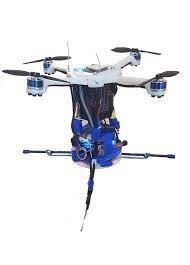

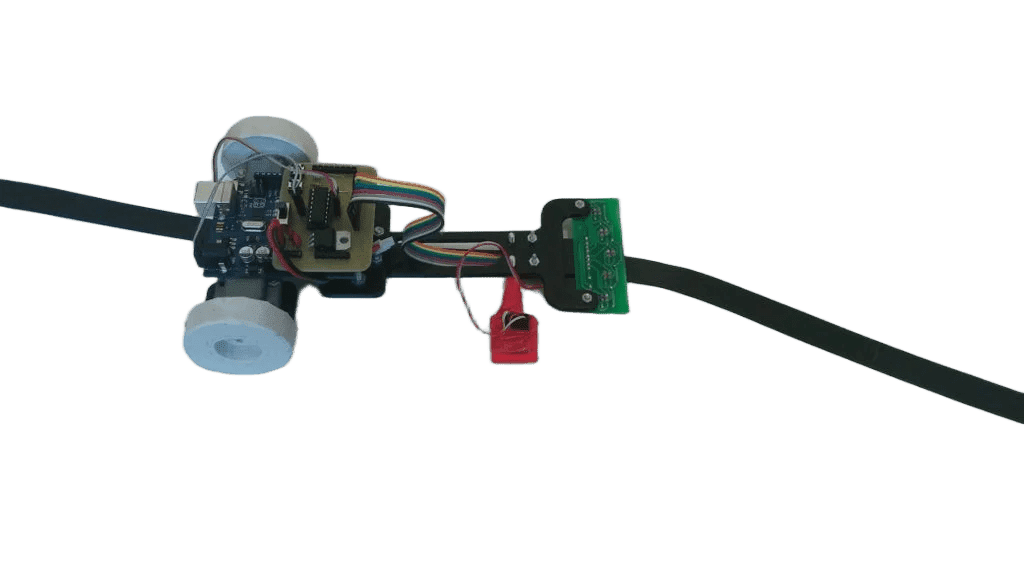
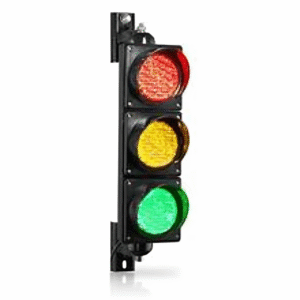
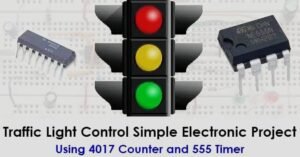
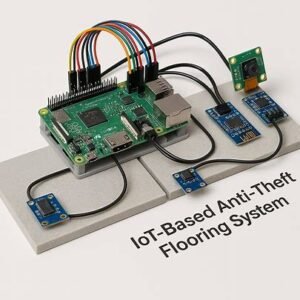

Reviews
There are no reviews yet.